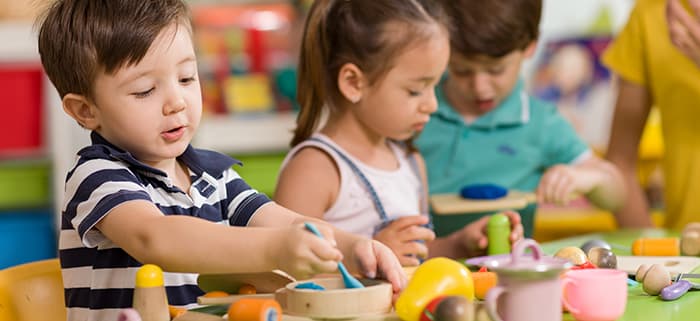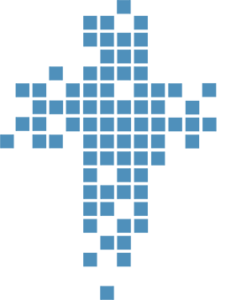As a young child I recall my kindergarten experience included numerous opportunities for free play, socialization, listening to my teacher read stories on the carpet, and spending time outdoors. Fast forward 50+ years, and four and five-year-old kindergarten classrooms include full reading, writing and math curricula with pre- and post-tests to measure success. Students were “tested” prior to entering kindergarten and parents were perhaps encouraged to wait a year before enrolling their son or daughter because he or she simply wasn’t ready for the demands of the program. In those instances, I found myself repeating the same question: how can a child not be ready for kindergarten when it is the first year of mandatory schooling in the United States? Or perhaps a child was encouraged to repeat four-year-old kindergarten so he/she would be better prepared for five-year-old kindergarten.
Now the pendulum seems to have swung back in the other direction with many Catholic schools focusing their early childhood efforts more on intentional play and less on direct instruction in reading, writing and math. That is not to say children are not learning to read, write, draw conclusions, and understand one to one correspondence. They are simply learning these in ways that appeal to and engage their sense of wonder and their desire to play.
I for one am happy with this change. It seems as if the Next Generation education understands this well. The term “Academic Preschools” is surfacing in articles about early childhood education. However, this method looks much different than the worksheet based, trace my letters, fill in the bubble tests that emerged of late in kindergarten classrooms. Rather, children are playing with things such as “programming toys” to learn the basics of science, engineering, arts, math etc. Programming toys are screen free and engaging and spark a child’s interest in STEAM. See the following website for an example of programming toys.
Intentional play centers, coupled with opportunities for free play, appear to have similar results. Students learn to read, write and understand math concepts using toys, building blocks, dramatic play and bucket frogs. Give two children a bucket of green, red, and yellow frogs and they will be quickly sorting them by colors, creating patterns, or using blocks to create places for the frogs to live.
I again am pleased with this movement in education. Young children have the capacity to learn at a rate that far surpasses adults. I say let them learn in ways that are fun, engaging, spark wonder, and teach them the very skills a Next Generation education emphasizes to not only solve problems but to also know how to learn, how to lead, and to see opportunities where others see constraints. KIBO robot kits are great example of this in action and there are many more programming toys on the market today. Teachers can even create their own!


